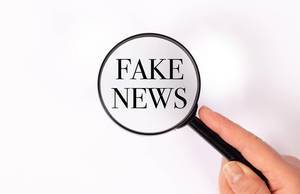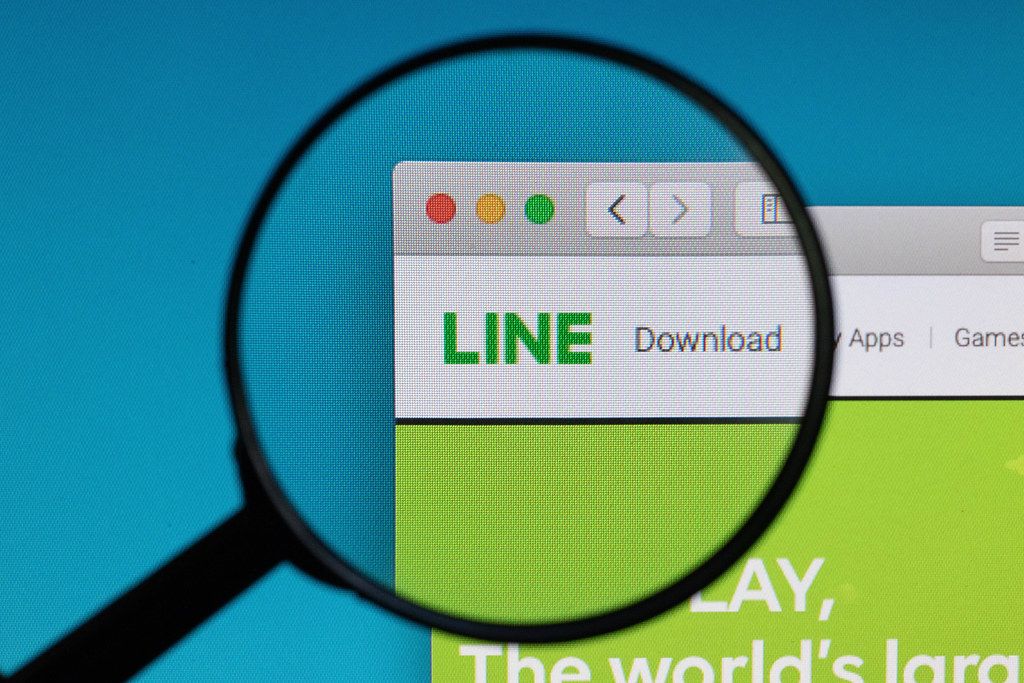 The YouTuber-turned-boxer has a big fight lined up for July 20, where he will face the youngest heavyweight champion in history, now long-retired 57-year-old Mike Tyson, at the AT&T Stadium in Arlington, Texas. Ever since its announcement, the fight has been attracting considerable attention. Not a day passes by without the teams releasing training clips, snapshots, and footage from varied talk shows and podcasts to keep the followers engaged. In one such podcast, Paul was seen talking about why he was considering getting a face tattoo.
The YouTuber-turned-boxer has a big fight lined up for July 20, where he will face the youngest heavyweight champion in history, now long-retired 57-year-old Mike Tyson, at the AT&T Stadium in Arlington, Texas. Ever since its announcement, the fight has been attracting considerable attention. Not a day passes by without the teams releasing training clips, snapshots, and footage from varied talk shows and podcasts to keep the followers engaged. In one such podcast, Paul was seen talking about why he was considering getting a face tattoo.
 Hard at work in the studio. Link in bio. #Repost @bitethemic ・・・ Thank you for all the support for the podcast, much appreicated. Link in bio.⠀ ・・・⠀ #BiteTheMic #MikeTyson #MikeTysonPodcast #IronMikeTyson #HipHop #MMA #Boxing #PeterRosenberg #Podcast #Comedy @Rosenbergradio
Hard at work in the studio. Link in bio. #Repost @bitethemic ・・・ Thank you for all the support for the podcast, much appreicated. Link in bio.⠀ ・・・⠀ #BiteTheMic #MikeTyson #MikeTysonPodcast #IronMikeTyson #HipHop #MMA #Boxing #PeterRosenberg #Podcast #Comedy @Rosenbergradio
As the March 8 showdown approaches, the heavyweight division awaits the outcome of Zhang Zhilei’s stamina test against Joseph Parker in Riyadh. Stay tuned for more updates on this career-defining clash.
“My sights are set on becoming a world champion, and now I have a chance to prove myself against the greatest heavyweight champion ever, the baddest man on the planet and the most dangerous boxer of all time,” Paul said in a statement.
“Today belongs to me,” Zhang said through a translator after punching the air and shouting, “Chinese power”. “… I’m 39 years old, but I’m disciplined. I train hard. Next step, I’m going for the title.”
Indeed Mike Tyson’s new “tribal tattoo” appears to be influenced by the bold lines of the tattoos of the ethnic people of Borneo and by a very common design motif prominent in the tattooing or “moko” of the Maori people of New Zealand. Within Tyson’s facial tattoo it is possible to discern two spiral patterns very similar to the fern frond, or koru, that is a repeating motif common to Maori art, including tattooing or “moko”, painting and carving, in both wood, bone and greenstone. A traditional Maori tattoo artist — the tohunga ta moko — could produce two different types of pattern: that based on a pigmented line, and another, the puhoro, based on darkening the background and leaving the pattern unpigmented as clear skin.
The Mike Tyson tattoo has been the subject of fascination for media and commentators who have offered various interpretations and analyses of its meaning. Tyson’s tattoo has been featured in countless articles, interviews and discussions.
Since Mike Tyson first debuted his face tattoo, it has become an iconic symbol, not just within the boxing world but also in popular culture. The tattoo has been referenced in movies, television shows, and even inspired countless individuals to express themselves through body art.
Zhang’s slow rise to prominence was also contributed to the debacle that saw his first and second promotional companies go out of business in 2014 and 2020 respectively and the legal chaos that followed.
Whether you love him or hate him, Mike Tyson has a pretty good claim to the title of the most interesting man see in yahoo.com modern sports. During his fighting career, Iron Mike was one of the best boxers we’ve ever seen; outside of the ring, he’s owned tigers, starred in movies, and done just about everything in between. And don’t forget about his famous face tattoo.
From 1992 to 1995, while in prison for the rape of Desiree Washington, Tyson read a large number of books, including works by Chinese communist leader Mao Zedong. Spike Lee sent Tyson a copy of tennis player Arthur Ashe’s deathbed memoir, Days of Grace. Tyson was moved by the book and respected Ashe’s ability to be nonconfrontational and admired his political views and his success as a black athlete in a white-dominated world. Tyson got prison tattoos of both men on his biceps: A portrait of Mao, captioned with “Mao” in all-caps, on the left; a portrait of Ashe beneath the words “Days of Grace” on the right. Gerald Early views the Mao and Ashe tattoos as together “symboliz both newfound self-control and his revision of black cool”, with Mao representing strength and authority. Clifton Brown in The New York Times describes the Ashe tattoo as “a contradiction” with Tyson’s “fits of rage”. Early and biographer Richard Hoffer cast the two bicep tattoos as an unusual combination of, in Hoffer’s words, “alternate icons”.
Tyson’s facial “tribal tattoo” generally follows the Maori rules laid out for facial “moko” or tattoos. Tyson’s tattoo follows the contours of his face, enhancing the contours of his face and tracing the natural “geography”, for example lines along the brow ridge; the major design motifs are symetrically placed within opposed design fields: lines are used in certain areas where spirals are not used; two types of spiral are used — the koru, which is not rolled up and has a “clubbed” end, and the rolled spiral. (Ta Moko: The Art of Maori Tattoo, By D.R.Simmons) Tyson’s tattoo appears to be based around a pair of puhoro koru.
